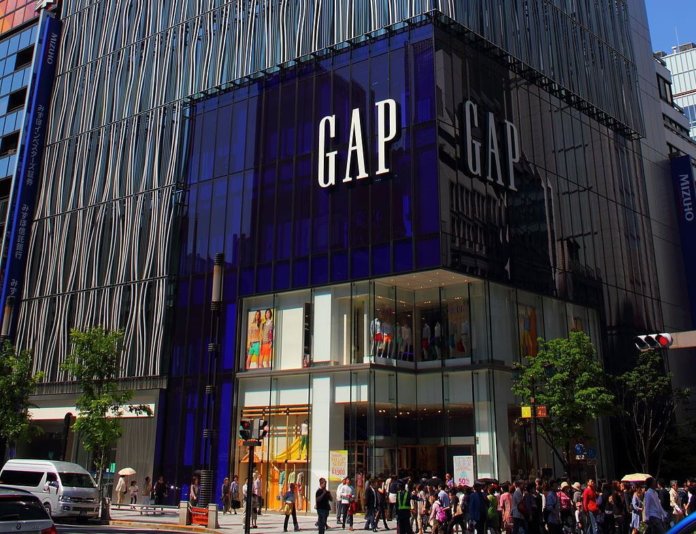
“What if someone put together all the styles, colors and sizes Levi Strauss had to offer in one store?”
This one question San Francisco resident Donald Fisher asked himself in the late 1960’s was all it took for the idea of starting a clothing store specializing in blue jeans to take root.
The store he would create, The Gap, would later be described “As ubiquitous as McDonald’s, as centrally managed as the former Soviet Union and as American as Mickey Mouse,” in a 1992 article in The New York Times.
Pants and Discs
Donald Fisher was born in San Francisco on Sept. 3, 1928. He studied business administration at UC Berkely and worked for more than a decade helping with his parents’ cabinet-making business. In 1953, he married longtime family friend, Doris Feigenbaum. But it was during his time working to build his parents business where he first had dreams of building a successful business of his own.
“I always felt it took a little luck to get ahead, but it never occurred to me that the formula for success might necessarily involve both kinds of luck—good and bad,” Fisher said.
His first stroke of good luck came when he bought a string of old hotels which he was fixing up. To make some extra money, he leased out one of the ballrooms to a Levi’s salesman who used it as a showroom. Something Fisher saw in that showroom set off the creative alarms.
“I enjoyed the energy the showroom brought to this old hotel. America had a long and loyal romance with Levi products, especially Levi’s historic original 501 blue jeans,” he said.
In 1969 Don and Doris Fisher opened their very first store which sold blue jeans and records. Don was very close to naming the store “Pants and Discs” before Doris finally convinced him to go with The Gap. The name refers to the generation gap between the Fishers and their target customers who were fairly young.
Launching the Gap Brand
The store had been doing well in its first few years but Don Fisher was concerned they were becoming known simply as a Levi’s outlet store. He wanted to put his own stamp on the casual wear industry and so in 1972, he did something that no other casual wear retailer had done before. He created his own Gap brand clothing line.
“Don and Doris took a simple idea and turned it into a brand recognized as a cultural icon throughout the world and changed the face of retail forever,” Glenn K. Murphy, chairman and chief executive of the company said at the time of Don Fisher’s death in 2009.
The private label approach quickly fueled their success and was soon copied by almost every other competitor out there.
Growing into a Retail Giant
Don and Doris were very capable businesspersons but it could be argued that their real strength came in recognizing their own limitations. They dreamed of taking The Gap to national and international prominence but to do that, they would need outside help.
“In 1983, Don hired Mickey Drexler, a skilled merchant, who helped accelerate the process that led to Gap becoming a major label,” according to the company’s website.
Together Drexler and Fisher made two key moves that would forever change the face of the American Retail Industry. They bought a tiny retail operation with only two stores and a mail order catalogue operation called Banana Republic. Not long after, they created a new retail store which they called Old Navy. Old Navy would make history by being the only retail outlet to reach $1 Billion in sales in its first four years.
Lasting Legacy
To truly appreciate the legacy of the single store almost named Pants and Discs, you have to go inside the numbers. The entire operation currently has a market cap of $9.6 billion as of May of 2017, with sales of $15.52 billion and more than 135,000 employees. In terms of global reach in fashion influence, The Gap has 1,305 stores worldwide, compared to Banana Republic, which has 646, while Old Navy has 1,060.
Originally designed to be affordable fashion, The Gap products soon became populhigh-endhigh end fashion models and the Hollywood elite. Sharon Stone once wore a Gap black turtleneck to the Oscars and white Gap jeans were the “in” thing for models.
While the Fisher’s no longer run the company, the family still owns more than a third of the stock and the Fisher’s son Robert Fisher served on the Board of Directors and succeeded his father as Chair.
When asked to account for the enormous success that sprang from such a simple venture, Gap North America President Marka Hansen chalked it up to Don Fisher’s philosophy.
“When I think about it, what I really recall is Don’s vision for the company,” she said. “That is, building quality in absolutely everything we do, and the willingness to take a big bet.”









